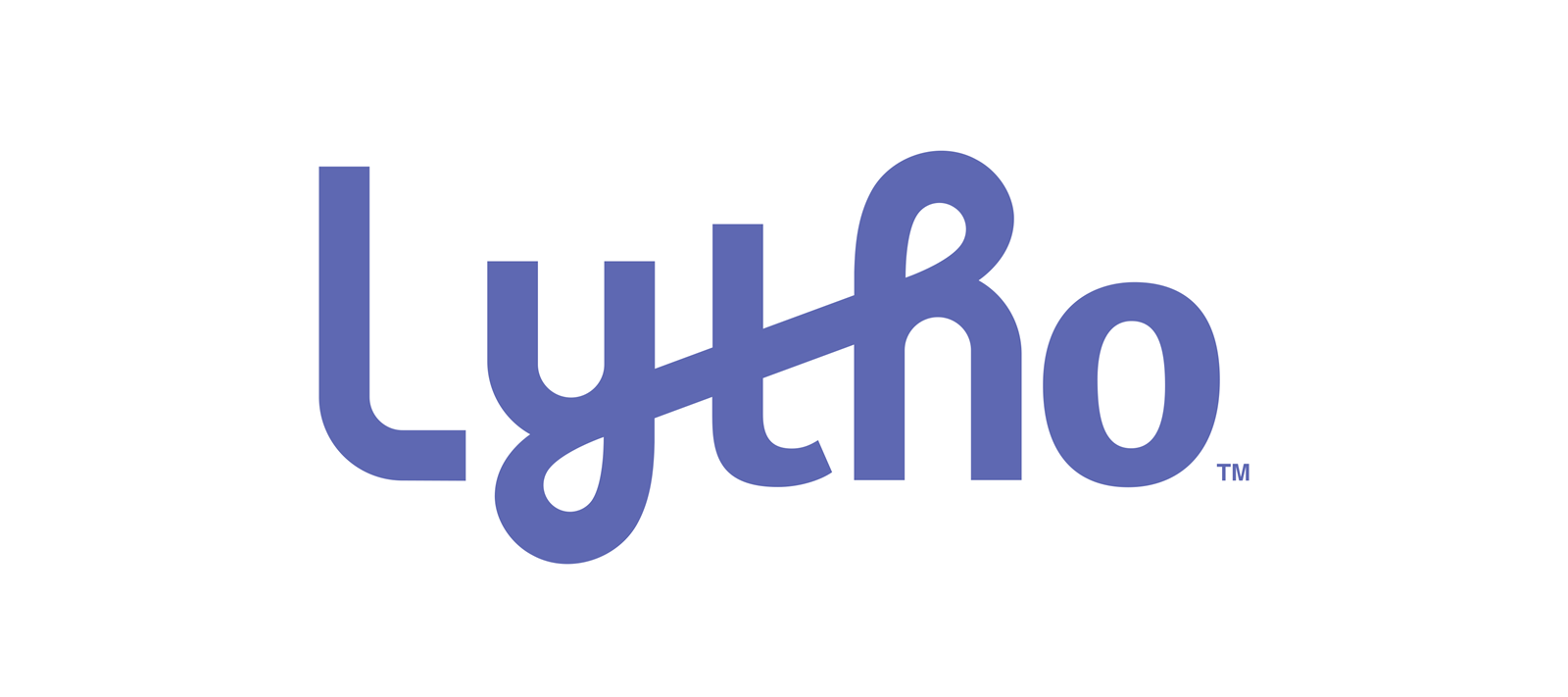Three Keys to Leading Strong Teams

On paper, leading a strong in-house team is easy. All you have to do is: 1) hire the right people, 2) establish processes that enable them to work efficiently and productively, and 3) keep everyone (your team and your clients) happy. Unfortunately, doing all three is difficult.
What’s more, even if it seems like you’re firing on all cylinders, there’s always room for improvement. As Terry Haller, Manager of Creative Services at Harley-Davidson puts it, “There's nothing we are doing that we could not do better. That's not a criticism. It's a fact.”
So, how can you make your team as strong as possible—especially knowing full well that the job will never be finished? To answer that question, I spoke with Terry Haller along with Phil Mrzlak, Creative Services Manager at McDonald’s, and Shane Hudalla, Operations Director at Synchrony Financial (formerly GE Capital Retail Finance). Here’s what I learned.
Soft Skills Matter—A Lot! When hiring, technical skills are table stakes and, as Terry Haller points out, pretty much defined by the work that needs to get done. What makes or breaks a team, however, is the right combination of soft skills.
Once you’ve gotten past the portfolio and whether or not someone has the requisite technical chops, you need to ask yourself the questions that really matter. For Phil Mrzlak, those questions include, “Will this person work with the department? Can I put them in front of a client? Can they work with a project manager?” Similarly, Shane Hudalla looks for people who are “good communicators, able to adapt, manage stress well and are personable. Being co-located with our clients puts an emphasis on both internal and external interactions.”
To evaluate whether or not someone has the skills he seeks, Mrzlak says, “We like to sit down and talk with them. We try to stay away from just grabbing people based their online portfolio.” He continued, “We like meeting people in person, talking about creative and the processes they’ve used, and telling them about our processes to find out if there’s going to be a fit.”
At the end of the day, though, you aren’t looking for people who are clones of one another; you’re looking for people with complementary strengths. “I consciously work to create a balanced team,” says Haller. “Some people are strong on strategy and ideation, others are strong on operations and execution. You need to know your people and their specialties.”
Enable Good Work. Getting your team to do good work starts with letting people do work they’re good at. “If I’m not putting people in a position to succeed,” explains Mrzlak, “I’m not doing myself or them any favors.” It also helps to make sure your creative people are involved in the process from the outset. “If the work isn’t exactly what people are looking for,” says Haller, “it’s often because, creative wasn’t at the table when the decision was made."
That being said, different organizations follow different processes. At McDonald’s, for example, for a long time it was the case that the artists did not meet directly with clients. This meant that there could potentially be tension between producers (who were client-facing) and the design team doing the work. By working more closely together, they were able to address the issue, improve communication around project management and ensure that senior creatives were at the table every time top-tier projects were discussed.
At Synchrony Financial, Shane Hudalla says that close collaboration between traffic, account management, and design when kicking off projects helps ensure the end result meets or exceeds client expectations while staying within the agreed-upon budget and timeline. Hudalla also emphasizes that you need to create an environment that is productive without being stressful. “I’ve seen first-hand how stress affects output. People end up focusing on the stress rather than the work.” He goes on to say, “As a manager, you need to make sure your people have what they need to be successful and then continue to be a resource.”
Never Stop Communicating. The most important thing you can do to create and lead strong teams is to prioritize communication in all directions. Terry Haller sees multi-directional communication as central to his role. “My job is to make sure everyone in the business knows who we are and what we can do.” Haller explains that this involves talking to the right people and spending time with other parts of the business—the dealerships, the IS department, manufacturing—in short, anyone who can help align the work with the objectives of the business. “My other job is identifying our goals, deciding how we can get there, and communicating that to my program managers so they can then execute,” he adds.
In turn, Haller’s team lets him know what sort of resources they need so he can work with the business to make sure they get them.
“Internal communication plays a big part in what we do here,” says Hudalla. “Keeping everyone in the Studio informed helps reinforce the fact that we are all owners in its success.” As he describes it, this happens in several ways.
First, they use a Leftronic dashboard to give people visibility to what’s going on in the Studio in terms of productivity and work in progress. They also adhere to monthly team meetings to make sure everyone is on the same page and that issues are addressed in an open, collaborative manner. They also utilize Speak Up, a web-based program that provides a forum to post questions, ideas or issues to the group.
Finally, they put a big emphasis on recognition. “People have to feel recognized,” says Hudalla. “You need to make sure people feel good about what they’re doing and that those efforts are acknowledged.” Such recognition takes many forms, from certificates and gift card, to accolades at monthly meetings.
A Final Thought: Continue to Develop Yourself. Being ready, willing and able to lead a strong team means not only managing and hiring but working on yourself too. “I think it’s important to develop yourself,” says Phil Mrzlak, “and to step outside your comfort zone.”
By way of example, Mrzlak talks about volunteering to manage the exhibit-floor design budget for McDonald’s Owner/Operator Convention, an event that attracts 15-20K visitors and boasts and exhibit hall covering 750K square feet. “I’m not a numbers guy,” he confesses, “but I was curious as to what was happening there and wanted to see for myself. I sure learned a lot!”
Mrzlak attributed the experience to his constant desire to gain a new perspective on things. This echoed what Terry Haller told me about his experience working for Harley-Davidson University, which afforded him access to many different sides of the business. And Shane Hudalla told me about what he brought to the job from his military service—meaning, the more you know about the business and the more you know about yourself, the better manager and leader you will be. And the better you are, the better your team will be.
Want to hear from more in-house agency leaders about the strategies they’ve employed to build successful teams? Join IHAF.
Recent Posts

In-House Data: Fact or Fiction?
October 16, 2023
I’m going to be honest with you, which I always am but this time it’s scary honesty. There are a lot of in-house agency research reports out there. And not all of them contain data that are close to the integrity of the studies IHAF publishes—the next of which drops at the IHAF conference on …

IHAF Wrapped
December 20, 2023
One of our favorite things to do at year-end is look back at the events, presentations, and online resources our members tapped most. (Why should Spotify have all the fun?) Here are a few of your favorites in 2023:
• New Assortment of Org Charts Download • Updated Job Profiles …



















%20(1).pdf%20-%20Copy.jpg)

%20(1).png)


No Reader Comments